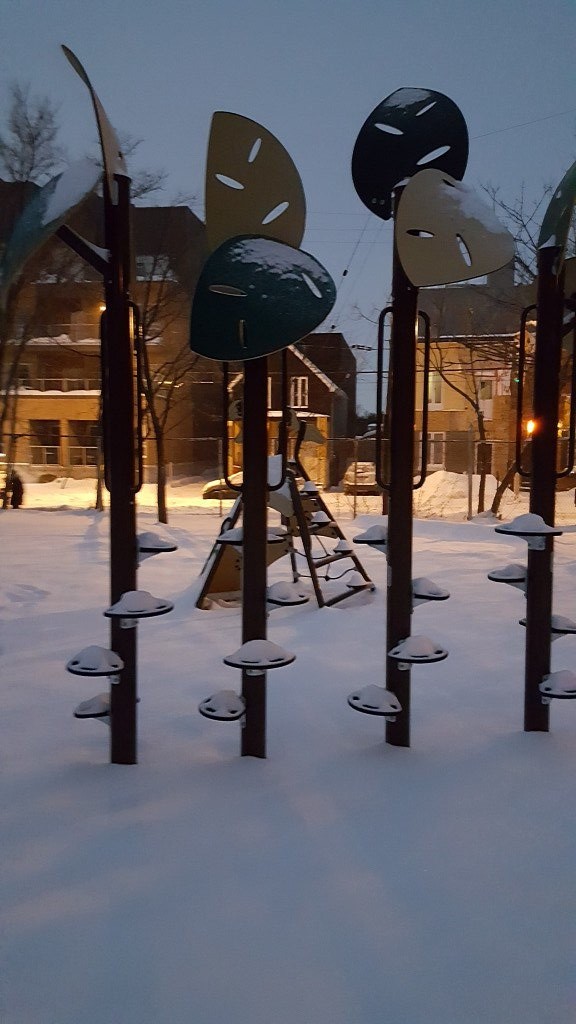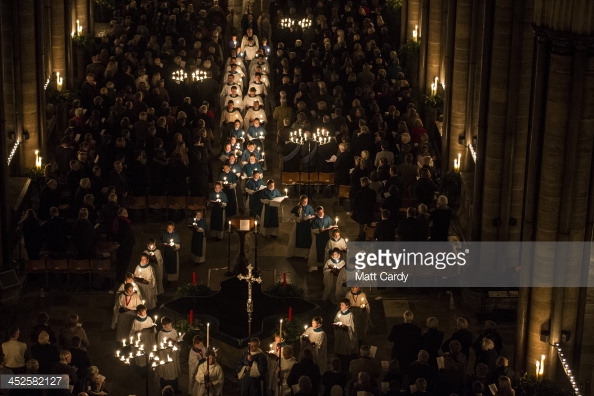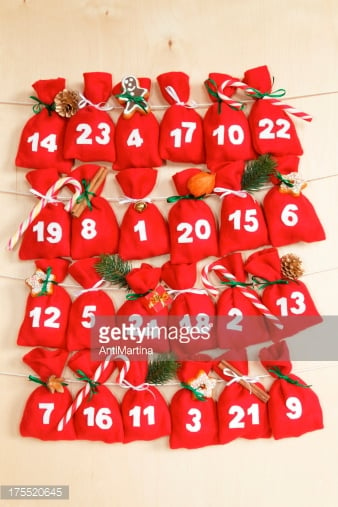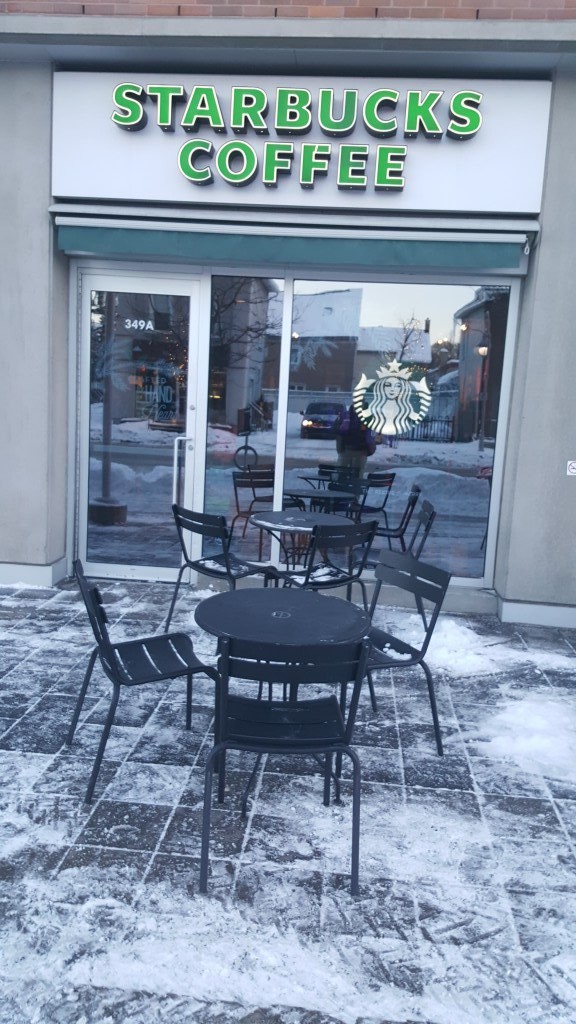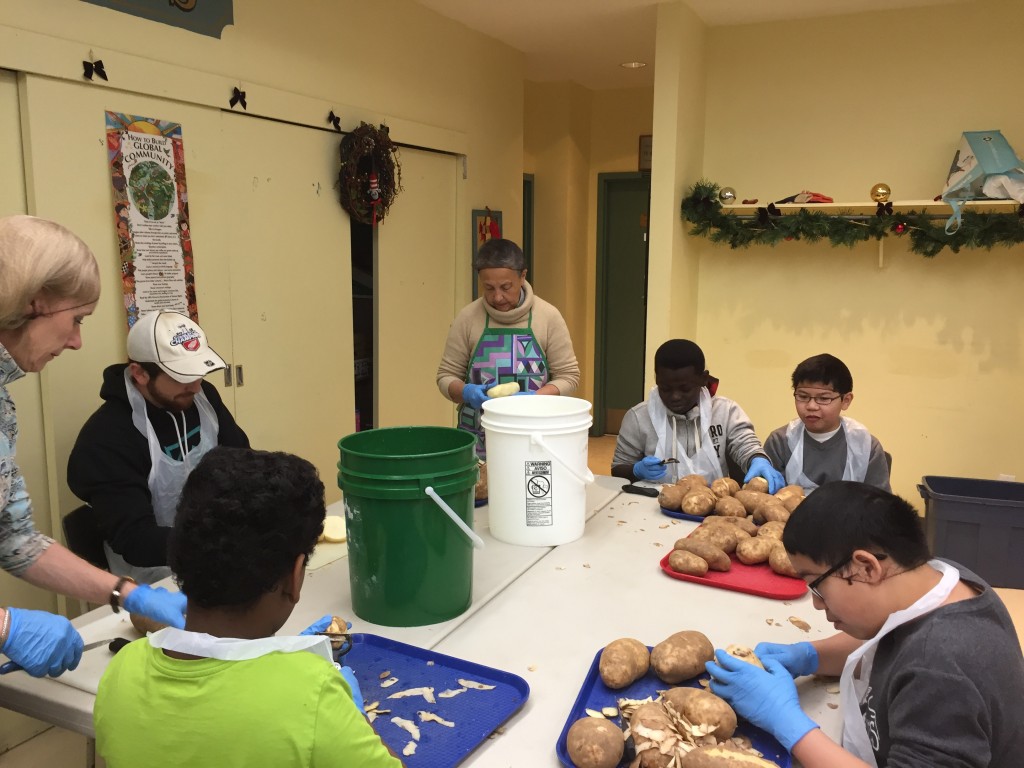It’s not enough.
There are more people, better off, with more freedom, more agency and more power than at any other time in our history.
That’s not enough.
As we use technology and culture to create more health, more access and more dignity for more people, we keep reminding ourselves how inadequate it is in the face of the injustice and pain that remains.
That’s how we get better.
We must focus on the less fortunate and the oppressed not because the world isn’t getting better but because it is.
It’s our attention to those on the fringes that causes the world to get better.
The SAN Script Friday, December 23

The path of the righteous is like the morning sun,
shining ever brighter till the full light of day.– Proverbs 4:18
If they don’t give you a seat at the table, bring a folding chair.
St. Anthony Today
Great news today – we will receive $4500.00 from Telus today – to be used exclusively for our makerspaces!
Special breakfast Treat brought to you by the social committee!!
Pizza Day!!
Goodlife Fitness M Chartrand’s class – 2:20 PM
Final St. Anthony Superstars for 2016!!
 Traditions of Christmas Bells
Traditions of Christmas Bells 

Bells, especially Church Bells, have traditionally been associated with Christmas for a long time. In the Anglican and Catholic churches, the church day starts at sunset, so any service after that is the first service of the day. So a service on Christmas Eve after sunset is traditionally the first service of Christmas day! In churches that have a Bell or Bells, They are often rung to signal the start of this service.
In some churches in the UK, it is traditional that the largest bell in the church is rung four times in the hour before midnight and then at midnight all the bells are rung in celebration.
In the Catholic Church, Christmas and Easter are the only times that Mass is allowed to be held at Midnight. It’s traditional that at both midnight Masses, the church and altar bells too in many cases are rung while the Priest says the “Gloria” (Gloria in excelsis Deo).
Having a Mass at Midnight at Christmas dates back to the early church, when it was believed that Jesus was born at midnight, although there has never been any proof of this! A lot of Churches have midnight services on Christmas Eve, although not every church will have a mass or communion as part of the service.
In many Catholic countries such as France, Spain and Italy, the midnight mass service is very important and everyone tries to go to a service.
In Victorian times, it was very fashionable to go carol singing with small handbells to play the tune of the carol. Sometimes there would only be the bells and no singing! Handbell ringing is still popular today.
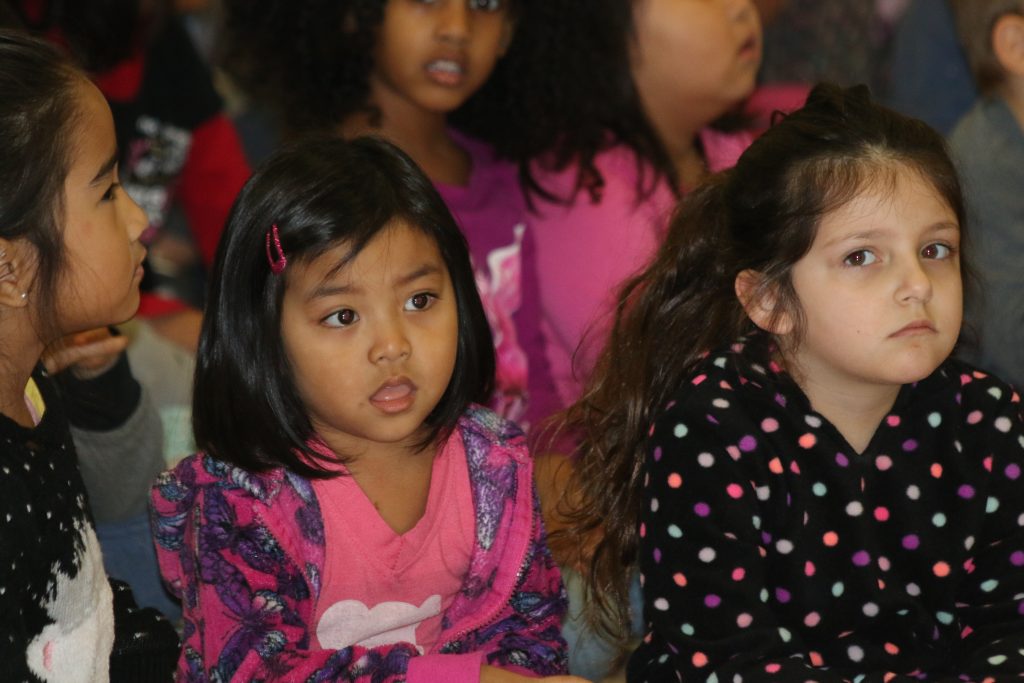











 The 12 Days of Christmas are now most famous as
The 12 Days of Christmas are now most famous as 






